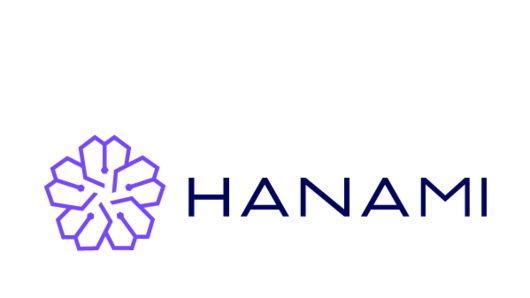HANAMI, the HPC Alliance for Applications and Supercomputing Innovation, will develop a strategic collaboration between Europe and Japan aimed at advancing the use of simulation across various scientific domains. This initiative, aligned with the agenda of the EuroHPC Joint Undertaking, focuses on porting existing code and testing and evaluating application performance on new computing architectures. It will also facilitate access for European researchers to advanced supercomputing resources like Fugaku and, in turn, will enable Japanese partners to access EuroHPC systems.
Through HANAMI, European and Japanese institutions will explore synergies in CPU architectures and strengthen partnerships in scientific software development, thereby enhancing competitiveness in the global computing landscape. The project will focus on societally relevant scientific topics that will benefit from closer collaboration in the development of high-performance computing (HPC) applications, including:
- Environmental sciences: Building more robust weather and climate models by integrating European and Japanese resources
- Biomedicine: Developing improved methods for biomolecular simulations, and using HPC in genomic data analysis for personalized medicine
- Materials science: Conducting research on sustainable materials for energy production and storage
HANAMI will organize annual high-level symposia, bringing together members of the European and Japanese academic communities, along with other HPC experts, to share expertise developed within the initiative. As the project continues, it will also develop a digital roadmap that will enable more sustainable and frequent collaborations between Europe and Japan, both in academia and industry.
Led by the French Alternative Energies and Atomic Energy Commission (CEA), this collaborative effort involves 14 European organizations, including German partners DKRZ, JSC, and HLRS. The consortium will work together closely with ten Japanese institutions. HLRS is involved in a work package focused on communication, dissemination, and exploitation of results, increasing HANAMI’s impact by promoting its visibility, achievements, and external calls for proposals in collaboration with other EU- and Japan-funded projects. In addition, HLRS will support the creation of the roadmap for sustainable future collaboration.


